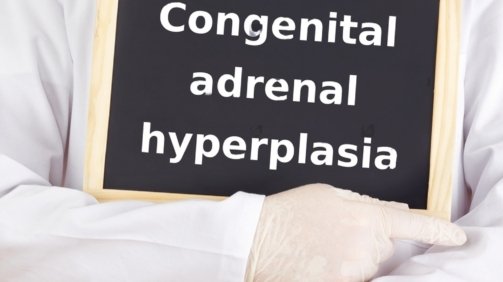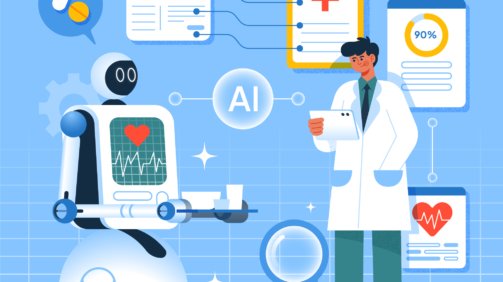There's something undeniably magical about coming home after a long, tiring day and beinggreeted by a wagging tail, a soft purr, or a curious head tilt from your pet. Animals have thisamazing ability to turn our homes into havens of love, joy, and compan ...
“The Trump Playbook: Strategies That Powered Donald Trump to Electoral Victory”
Donald Trump’s political campaigns—marked by controversies, unorthodox tactics, and massappeal—are nothing short of case studies in modern political strategy. His 2016 victory and2020 close race demonstrated how unconventional approaches can resonate wit ...
The Secret to Weight Loss: The Power of Chewing Your Food
In today's fast-paced world, weight loss has become a major concern for many people. With a plethora of diet plans, workout regimens, and weight loss supplements flooding the market, it can be overwhelming to figure out the best approach to shed those ex ...
Vinoville: The Timeless Art of Winemaking
In the heart of an ancient valley, cradled between rolling hills and serene rivers, lay the quaint village of Vinoville. This village, with its cobblestone streets and vine-covered cottages, was known far and wide for its centuries-old tradition of winem ...
Exploring the Wonders of the Cosmos: The Discovery of Super Jupiter by the James Webb Telescope
Introduction The vast expanse of space has always fascinated humanity, offering endless mysteries and discoveries waiting to be unveiled. Among the latest and most thrilling revelations is the discovery of a "Super Jupiter" by the James Webb Telescope ...
A Small Change with a Big Impact: The Return of Mini Bottles at Schiphol Security
Introduction The hustle and bustle of Amsterdam's Schiphol Airport is about to experience a familiar sight: the return of mini bottles of shampoo at security checkpoints. In a move that blends nostalgia with practicality, Schiphol's decision to bring ...
Understanding Breast Cancer: Awareness, Identification, and Precautions Every Woman Should Know
Breast cancer is a critical health issue that affects millions of women worldwide. Understanding how to identify symptoms early and take necessary precautions can save lives. This blog aims to shed light on what every woman should know about breast cance ...
Overview of Congenital Adrenal Hyperplasia
Congenital adrenal hyperplasia is a group of genetic disorders that affect the adrenal gland which or responsible for producing hormones essential for various body functions. Congenital adrenal hyperplasia (CAH) is primarily caused by a mutation in the g ...
The Role of AI in Modern Healthcare
In the evolving landscape of healthcare artificial intelligence stands at the fourth front of innovation promising to revolutionize have medical practitioners diagnose, treat and manage patient care. AI a branch of computer science that aims to stimulate ...
The Epic Journey of the Olympic Games: From Ancient Greece to Global Celebration
Introduction In a world where sports unite people across continents, the Olympic Games stand as the ultimate symbol of global unity and athletic excellence. For Indians settled in Europe and the US, the Olympics not only bring back memories of the vib ...










